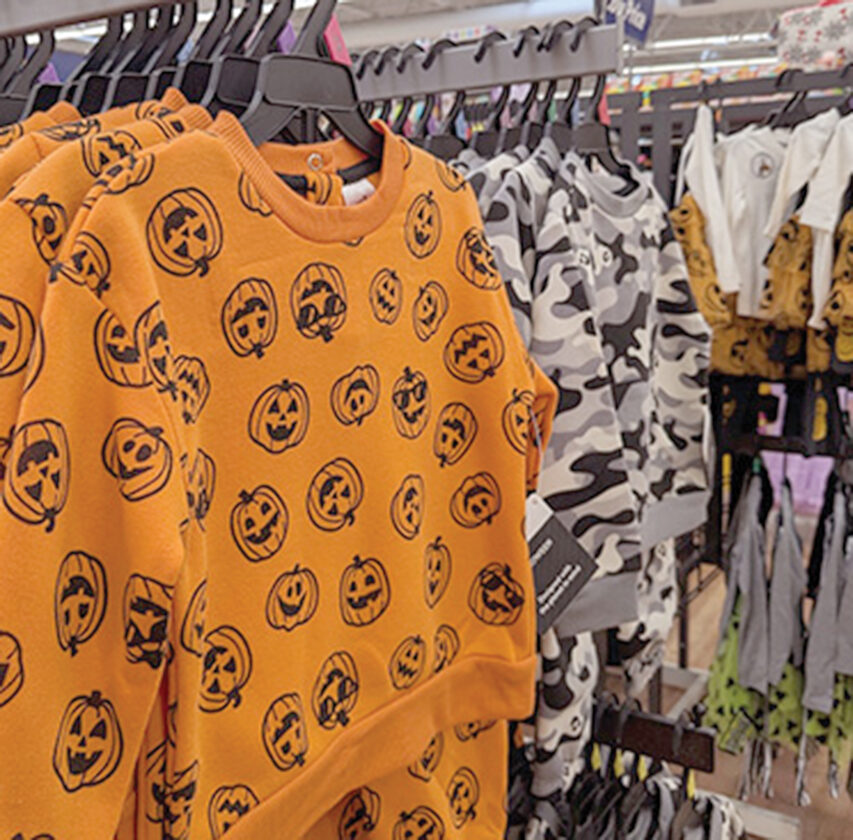Expert: Halloween items hitting shelves in August

WVU photo A West Virginia University supply chain expert explains why Halloween candy and costumes are hitting shelves in August this year.
MORGANTOWN — A West Virginia University supply chain professor says summer is getting spookier — with displays of Halloween merchandise already appearing at national retail chains like Walmart and Lowe’s — partly because sophisticated tools for predicting consumer behavior are helping drive the creep of holiday shopping seasons to earlier on the calendar.
The social media-driven promotion “Summerween,” which unites summer recreation with Halloween horror, also has multiple companies rolling out their jack-o’-lanterns, cobwebs and inflatable gravestones.
John Saldana, Sears Chair in Global Supply Chain Management and professor, WVU John Chambers College of Business and Economics, said the strategy benefits big box stores by getting inventory out of warehouses and into locations where early holiday promotions help drive sales of products storewide.
“When retailers extend the shopping seasons for holidays like Halloween, it’s about generating excitement, engaging you and pulling you off the sidelines,” Saldanha said.
“Retailers start ordering holiday items in November or even October of the previous year. They start shipping those items January through March, and they start getting them June through August. Those items traditionally would have sat in warehouses, but by moving them onto shelves much sooner than they used to, retailers are transferring their inventory-carrying costs to the consumer.
“For example, when I see a 12-foot skeleton at Home Depot, I want it,” Saldanha said. “I’m not sure whether it may be sold out by the time Halloween comes around, so I buy it now and store it in my basement or storage unit. Now I’m paying the inventory costs for that skeleton. I’m relieving the retailer’s inventory off their books and I’m absorbing it myself. As retailers get smarter about consumer behavior, they’re transferring their inventory burden to the consumer. A thousand 12-foot skeletons might cost a retailer $20,000 to warehouse for another three months, so if they take a portion of that margin and give it to the consumer, they still come out ahead.
“The new holiday of ‘Summerween’ is another mechanism for selling holiday merchandise rather than warehousing it. July and August are traditionally a lull for retail, so company marketing and logistics teams see an opportunity to stretch out the holiday shopping season. They’re looking at the inventories they have on their books, saying, ‘Hey, we can jump on this Summerween trend and put out the Halloween stuff we have sitting in our warehouse. Maybe we can take a chance and throw a couple of reindeer and Santa Clauses out there as well.’ The resulting sales data can be used as training data for machine learning models to see how consumers respond to extending holiday displays earlier into summer.
“The most recent extension of the holiday retail calendar has its roots in the COVID-19 pandemic, when consumer spending driven by stimulus checks drove a surge in exports from Southeast Asia, flooding ports from 2022 into 2023 and driving unprecedented shipping delays,” he added. “When ports cleared the logjam, retailers received a huge backlog of product and, nervous about tepid consumer spending, started promoting Christmas sales early in October. Well, 2023 turned out to be a stellar year for holiday retail. In 2024, we had the threat of a port strike, so once again retailers ordered stuff early. Now they knew how to manage that, and they were able to juggle back-to-school and Halloween and the Thanksgiving and Christmas seasons and emerge relatively unscathed.
“At this point, retailers are using machine learning to inform their forecasting and inventory management tools so those are more in tune with dynamic trends in consumer spending, accounting for weather patterns, trade patterns, and the emerging and evolving global business environment of trade tariffs. That’s enabling them to really manage their inventories well these days.”



